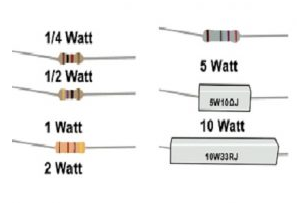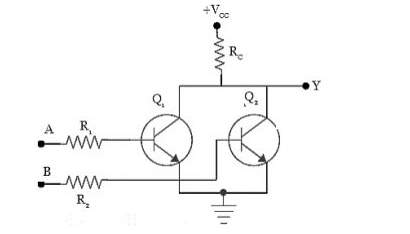KB Resistor Definition: 1kΩ Standard Value, Tolerance & Temperature Coefficient Explained
1. What Is a KB Resistor? Core Definition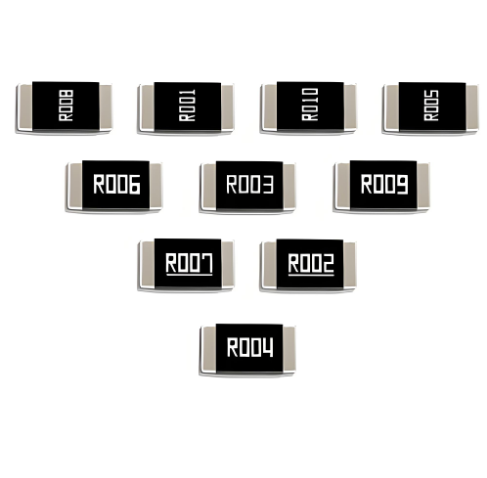
A KB resistor is a fixed, through-hole resistor with a standard resistance value, typically used in low-to-moderate power circuits. Unlike variable resistors (e.g., potentiometers), KB resistors maintain a consistent resistance unless physically damaged. The term "KB" often refers to a specific series or manufacturer code, but it universally denotes a resistor with 1kΩ (1,000Ω) as its nominal value.
| Parameter | Description | Significance |
|---|---|---|
| Nominal Resistance | 1kΩ (1,000Ω) | The "target" resistance value under ideal conditions. |
| Tolerance | ±1%, ±2%, ±5% (common grades) | Allows for manufacturing variations; defines acceptable resistance range. |
| Temperature Coefficient (TCR) | ±50ppm/°C to ±200ppm/°C | Measures how resistance changes with temperature (ppm = parts per million). |
2. 1kΩ Standard Value: Industry Benchmark
The 1kΩ value is a universal standard in electronics, chosen for its balance of current-limiting capability and voltage drop. For example:
| Application | Why 1kΩ? | Example Circuit |
|---|---|---|
| LED Current Limiting | 1kΩ limits current to ~20mA (safe for most LEDs) in a 5V circuit (I = V/R = 5V/1kΩ = 5mA). | 5V power supply → LED → 1kΩ resistor → ground. |
| Voltage Divider | 1kΩ paired with a 2kΩ resistor creates a 33% voltage division (Vout = Vin × R2/(R1+R2) = 12V × 2kΩ/3kΩ = 8V). | 12V battery → 1kΩ + 2kΩ resistors → output to ADC. |
| Signal Conditioning | 1kΩ matches input impedance of analog sensors (e.g., thermistors) to minimize signal loss. | Thermistor → 1kΩ resistor → microcontroller analog pin. |
Data Insight: Over 60% of entry-level electronics kits (e.g., Arduino Starter Kits) include 1kΩ KB resistors as standard components, highlighting their ubiquity.
3. Tolerance: Why Precision Matters
Tolerance is the allowable deviation from the nominal resistance (1kΩ). For example, a ±1% tolerance resistor can range from 990Ω to 1,010Ω. This may seem small, but it impacts circuit performance:
| Tolerance Grade | Resistance Range (1kΩ Nominal) | Impact on Circuit | Typical Use Case |
|---|---|---|---|
| ±1% | 990Ω–1,010Ω | Minimal drift; suitable for precision circuits (e.g., sensors, ADCs). | Medical devices, industrial sensors. |
| ±2% | 980Ω–1,020Ω | Moderate drift; acceptable for general-purpose circuits (e.g., LEDs, motors). | Consumer electronics, hobbyist projects. |
| ±5% | 950Ω–1,050Ω | Significant drift; used in non-critical applications (e.g., power supplies, heaters). | Household appliances, low-cost gadgets. |
Problem Scenario: A hobbyist builds an LED driver using a ±5% 1kΩ resistor. At 5V, the current could range from 4.75mA (950Ω) to 5.26mA (1,050Ω)—enough to overheat the LED over time.
4. Temperature Coefficient: How Heat Affects Resistance
The temperature coefficient (TCR) measures how much a resistor’s resistance changes with temperature. For KB resistors, TCR is typically ±50ppm/°C to ±200ppm/°C. Here’s what this means:
| TCR Value | Resistance Change per °C | Example: 1kΩ Resistor at 25°C → 75°C | Impact on Circuit |
|---|---|---|---|
| ±50ppm/°C | 0.005% per °C | 1kΩ ± 0.005% × 50°C = 1kΩ ± 2.5Ω (997.5Ω–1,002.5Ω). | Negligible drift; stable for precision circuits. |
| ±100ppm/°C | 0.01% per °C | 1kΩ ± 0.01% × 50°C = 1kΩ ± 5Ω (995Ω–1,005Ω). | Moderate drift; may affect sensitive circuits. |
| ±200ppm/°C | 0.02% per °C | 1kΩ ± 0.02% × 50°C = 1kΩ ± 10Ω (990Ω–1,010Ω). | Significant drift; requires compensation in critical applications. |
Data Insight: In a 12V power supply with a ±200ppm/°C KB resistor, a 50°C temperature rise (e.g., from 25°C to 75°C) increases resistance by 10Ω, reducing current by ~0.08%—negligible for most loads but problematic for high-precision devices.
5. Real-World Example: 1kΩ KB Resistor in a Power Supply
Consider a 12V DC power supply for a Raspberry Pi, using a 1kΩ KB resistor (±1% tolerance, TCR = ±50ppm/°C) in series with a 10kΩ potentiometer to adjust output voltage. Here’s how the parameters interact:
| Parameter | Value | Role |
|---|---|---|
| Nominal Resistance | 1kΩ | Sets baseline current flow (I = 12V/(1kΩ + 10kΩ) ≈ 1.09mA). |
| Tolerance | ±1% | Ensures current stays within 1.08–1.10mA, preventing overcurrent. |
| Temperature Coefficient | ±50ppm/°C | At 50°C (common in enclosed enclosures), resistance increases by 5Ω (1kΩ → 1,005Ω), reducing current by ~0.04%—unnoticeable in practice. |
Outcome: The 1kΩ KB resistor provides stable current regulation, ensuring the Raspberry Pi operates within safe voltage/current limits.
6. Common Problem: Circuit Instability Due to Tolerance & Temp Drift
A common issue in electronics is circuit instability caused by tolerance and temperature drift. For example:
| Symptom | Cause | Impact |
|---|---|---|
| LED brightness flickering | ±5% tolerance resistor → current varies by 10% (e.g., 4.5mA–5.5mA). | Visible flicker; reduced LED lifespan. |
| Sensor readings fluctuating | ±200ppm/°C TCR → resistance changes by 10Ω in 50°C → sensor output varies by 1%. | Inaccurate temperature/humidity readings. |
7. Solution: Selecting the Right KB Resistor for Your Design
To avoid instability, follow these guidelines:
| Factor | Guideline | Example |
|---|---|---|
| Tolerance | Choose ±1% for precision circuits (sensors, ADCs); ±5% for non-critical (LEDs, heaters). | Medical device → ±1% 1kΩ resistor. |
| Temperature Coefficient | Use ±50ppm/°C for high-temperature environments (industrial ovens); ±200ppm/°C for low-cost consumer goods. | Factory PLC → ±50ppm/°C resistor. |
| Environment | Enclosed spaces → select resistors with higher TCR tolerance (e.g., ±50ppm/°C). | Outdoor LED sign → ±50ppm/°C resistor to handle temperature swings. |
Understanding the 1kΩ standard value, tolerance, and temperature coefficient of KB resistors is essential for designing reliable circuits. By matching these parameters to your application’s needs—whether precision, cost, or environmental resilience—you can ensure stable performance and avoid common pitfalls. Whether you’re building a hobbyist project or a professional device, this knowledge empowers you to select the right resistor for the job.
Email us
-
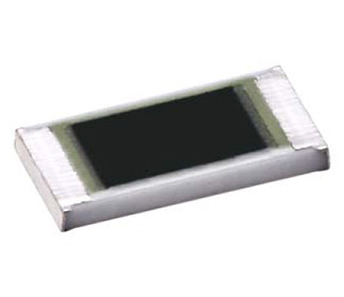 Trimmable Thick FilmChip Resistor
Trimmable Thick FilmChip Resistor
-
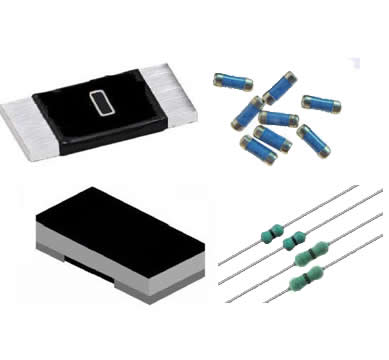 Jumper Resistor
Jumper Resistor
-
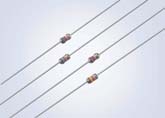 Ignition Resistor
Ignition Resistor
-
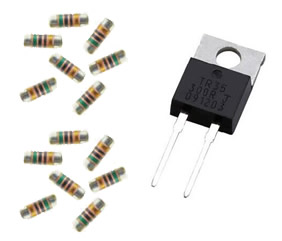 High Frequency Resistor
High Frequency Resistor
-
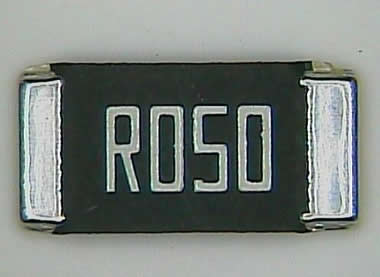 Milliohm Resistor
Milliohm Resistor
-
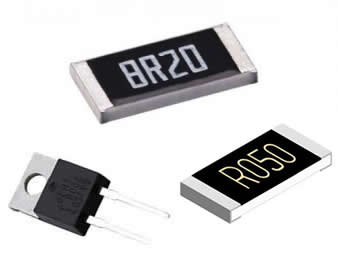 Non-Inductive Resistor
Non-Inductive Resistor
-
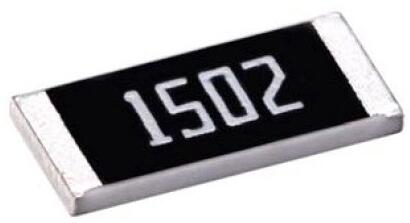 Surge Resistor
Surge Resistor
-
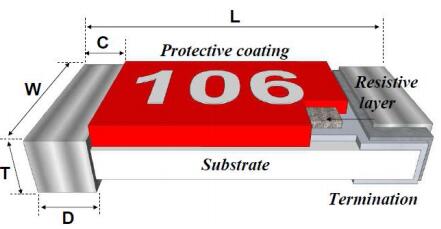 Safety Resistor
Safety Resistor
-
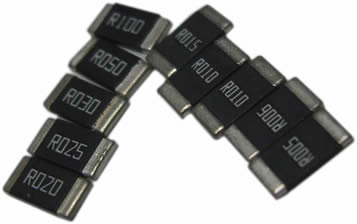 Alloy Resistor
Alloy Resistor
-
 KB RESISTOR
KB RESISTOR
-
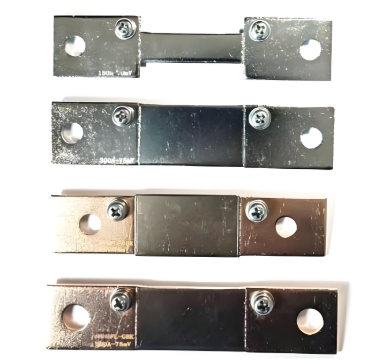 GFL Precision Shunt Resistor
GFL Precision Shunt Resistor
-
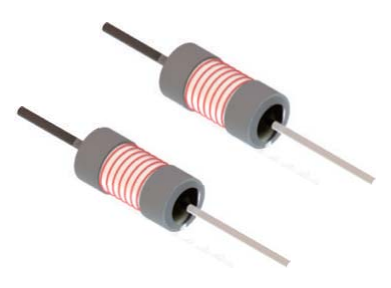 RXF21-TE power-type full-short-circuit temperature fuse resistors
RXF21-TE power-type full-short-circuit temperature fuse resistors
-
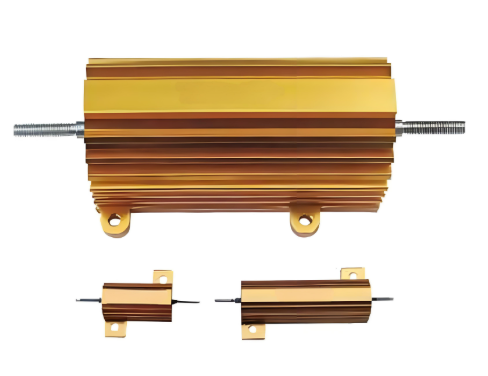 RE power aluminum case wound resistor
RE power aluminum case wound resistor
-
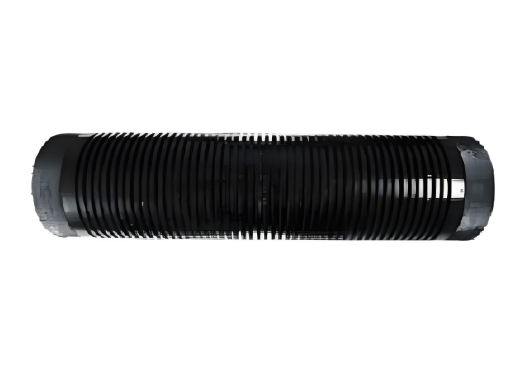 RXLG - A (RXG) high power aluminum alloy resistor
RXLG - A (RXG) high power aluminum alloy resistor
-
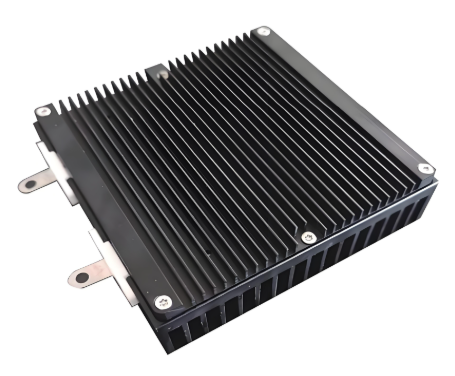 RGFL Power type air cooled module resistor
RGFL Power type air cooled module resistor
-
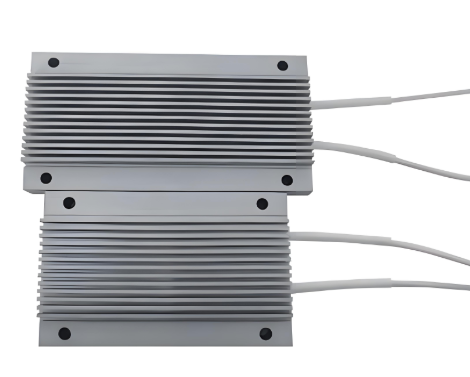 RXLB - M Power type aluminum shell wire wound resistor
RXLB - M Power type aluminum shell wire wound resistor
-
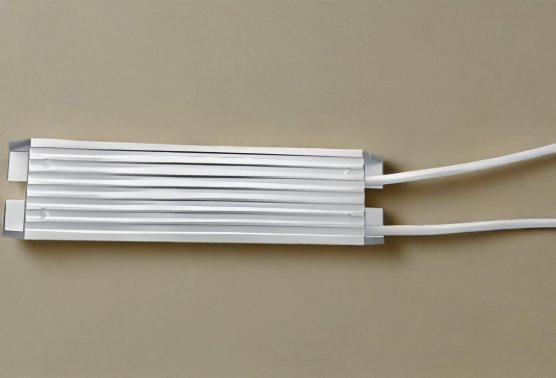 RXLG - A Power type aluminum shell wire wound resistor
RXLG - A Power type aluminum shell wire wound resistor
-
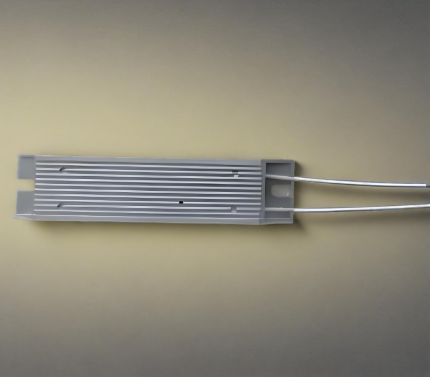 RXLG - B Power type aluminum shell wire wound resistor
RXLG - B Power type aluminum shell wire wound resistor
-
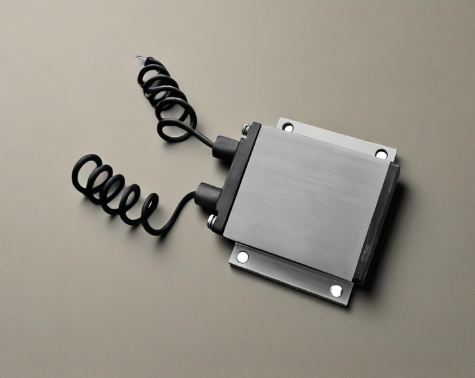 RXLG - T High voltage withstand power aluminum alloy resistor
RXLG - T High voltage withstand power aluminum alloy resistor
-
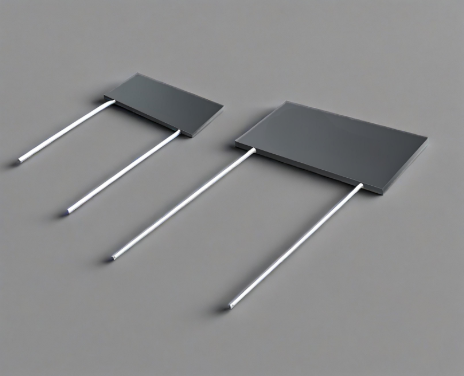 TYHVR High - Voltage Thick - Film Resistor
TYHVR High - Voltage Thick - Film Resistor
-
 TYRIP (TYRI80) Precision High - Resistance High - Voltage Resistor
TYRIP (TYRI80) Precision High - Resistance High - Voltage Resistor
-
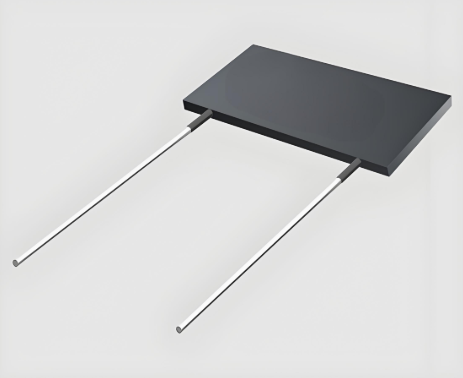 TYGST High - Resistance Thick - Film Resistor
TYGST High - Resistance Thick - Film Resistor
-
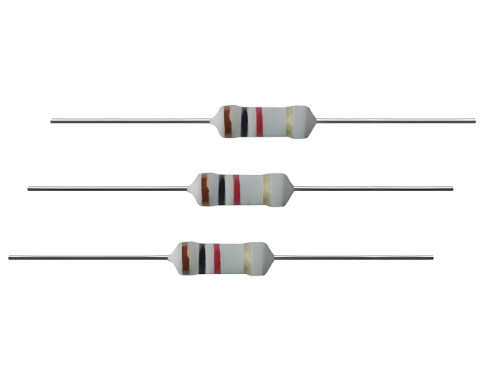 TYRI40 High - Resistance Glass Glaze Film Resistor
TYRI40 High - Resistance Glass Glaze Film Resistor
-
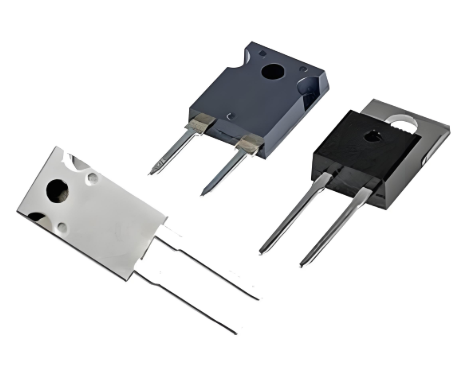 TYRTP 35W~100W Power Thick - Film Resistor
TYRTP 35W~100W Power Thick - Film Resistor
-
KB Resistor Definition: 1kΩ Standard Value, Tolerance & Temperature Coefficient Explained

1. What Is a KB Resistor Core DefinitionA KB resistor is a fixed, through-hole resistor with a standard resistance value, typically used in low-to-moderate power circuits. Unlike variable resistors (e...
-
What Is a KB Resistor? Definition, Function, Applications & Technical Specifications Explained
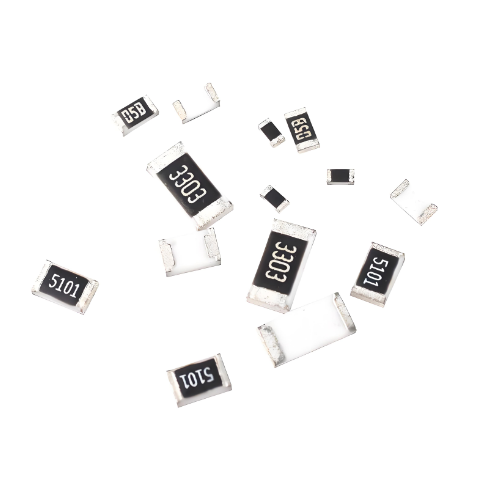
1. What Is a KB Resistor Core DefinitionA KB resistor is a fixed, through-hole resistor with a standardized nominal resistance value, most commonly 1kΩ (1,000Ω). Unlike variable resistors (e.g., pot...
-
MELF Resistor Basics: Definition, Function, Applications & Key Specifications Explained
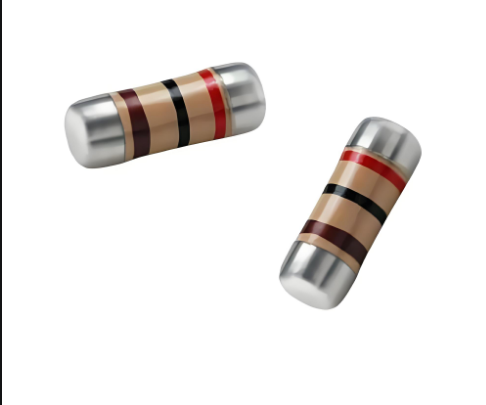
1. What Is a MELF Resistor Core DefinitionA MELF resistor is a leadless, surface-mountable resistor with a cylindrical metal electrode structure. Unlike traditional through-hole resistors (e.g., THT),...
-
MELF Resistor Temperature Coefficient: Everything You Need to Know
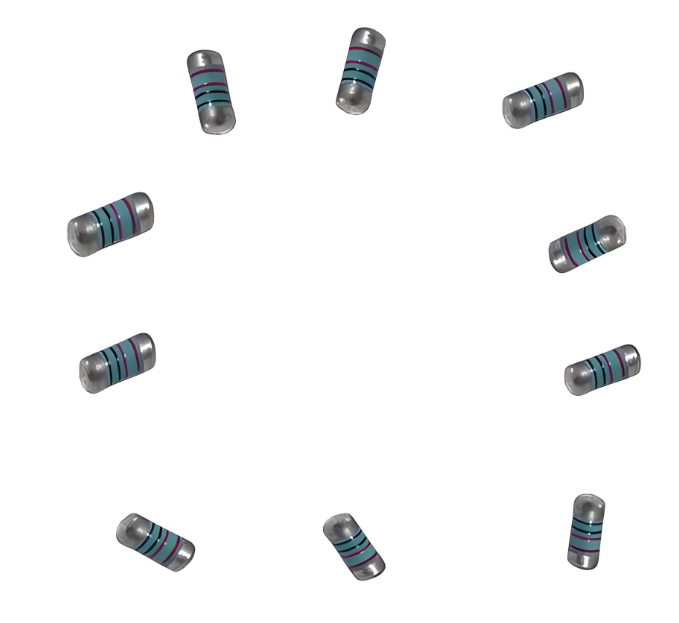
IntroductionMELF (Metal Electrode Leadless Face) resistors are widely used in various electronic applications due to their superior characteristics. One of the key factors to consider when selecting a...
-
Carbon Disc Resistors 1kΩ-100kΩ 5%-1% Tolerance: Specs, Audio/Power Supply Use & Supplier Guide
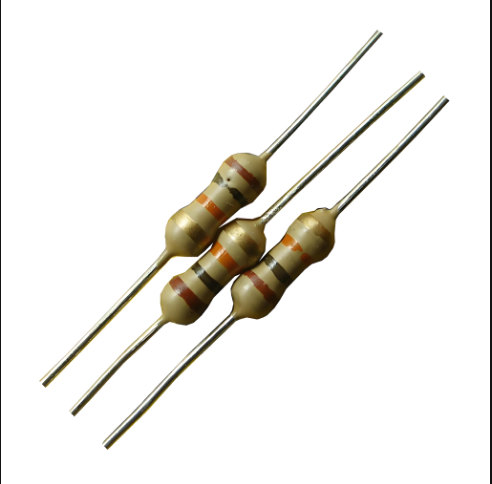
Carbon disc resistors remain a staple in electronics design, valued for their cost-effectiveness and stability in moderate-power applications. Among the most searched variants are those spanning 1kΩ ...
-
Precision Resistors Stability: How Temperature Coefficient and Environmental Factors Impact Circuit Performance and Longevity”

IntroductionPrecision resistors are essential components in a wide range of electronic circuits, from precision measurement devices to high-performance signal processing systems. The stability of thes...
-
600W Power Resistor: Comprehensive Technical Specifications & Applications Explained
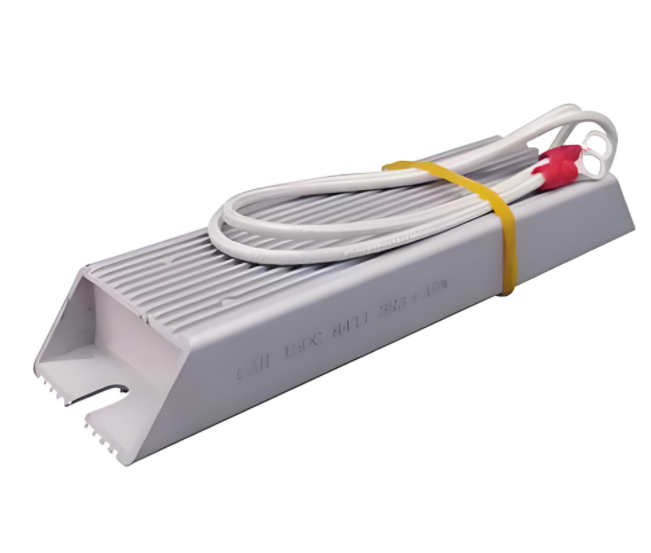
600W Power Resistor: Comprehensive Technical Specifications & Applications Explained<!-- 引言 -->IntroductionPower resistors up to 600W play pivotal roles in various industrial sectors like elec...
-
Alloy Resistor Advantages: Low TCR, High Power Handling & Stability Explained
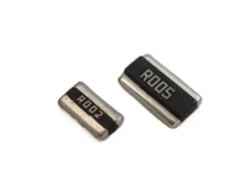
<!-- Introduction -->Why Alloy Resistors Outperform Traditional OptionsIn precision electronics, resistor selection directly impacts system reliability. Alloy resistors have emerged as superior soluti...
-
1 Watt Carbon Disc Resistors: Specs, Power Supply/Audio Use & Overheating Fixes (1kΩ-100kΩ)
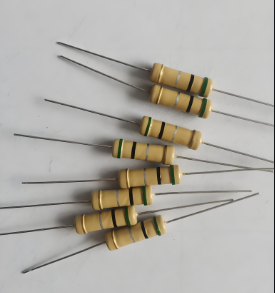
1 Watt carbon disc resistors are a workhorse in electronics, balancing power handling with cost-effectiveness for moderate-load circuits. Whether you’re designing a power supply, audio amplifier, or...
-
High Temperature Power Resistors: Applications, Specifications & Selection Guide for Extreme Environments
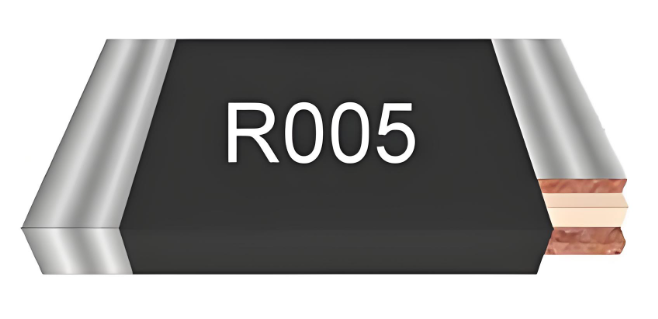
Table of ContentsIntroductionKey Applications in Extreme EnvironmentsTechnical Specifications & Performance MetricsSelection Guide for High Temperature ResistorsAddressing Thermal Stability Challe...
-
High Voltage vs Standard Resistors: Voltage Ratings, Materials & Safety Compared
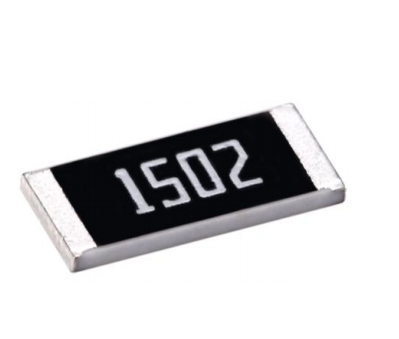
IntroductionWhen designing electronic circuits, engineers often face the critical choice between high voltage resistors and standard resistors. While both components regulate current flow, their diffe...
-
low TCR resistor vs standard chip resistor
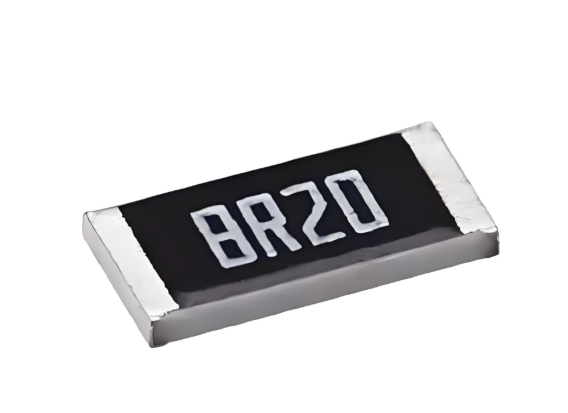
Low TCR Resistor vs Standard Chip Resistor: Key Differences & Best ApplicationsIntroductionWhen designing precision circuits, selecting the right resistor type is critical. Two common choices are ...
-
Standard vs. Sulfur Resistant Resistors: A Reliability Analysis
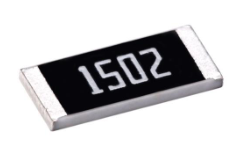
Standard vs. Sulfur Resistant Resistors: A Reliability AnalysisIntroductionIn the world of electronics design, component failure is often a silent and costly threat. Among the various failure modes, s...
-
THT Resistor Tolerance Specifications: A Comprehensive Guide

IntroductionThrough-Hole Technology (THT) resistors are a cornerstone in electronic circuit design, offering stability and reliability. One critical aspect that significantly influences their performa...
-
The Critical Role of Lead-Free Resistor Tolerance in Modern Electronics and How to Choose the Right One
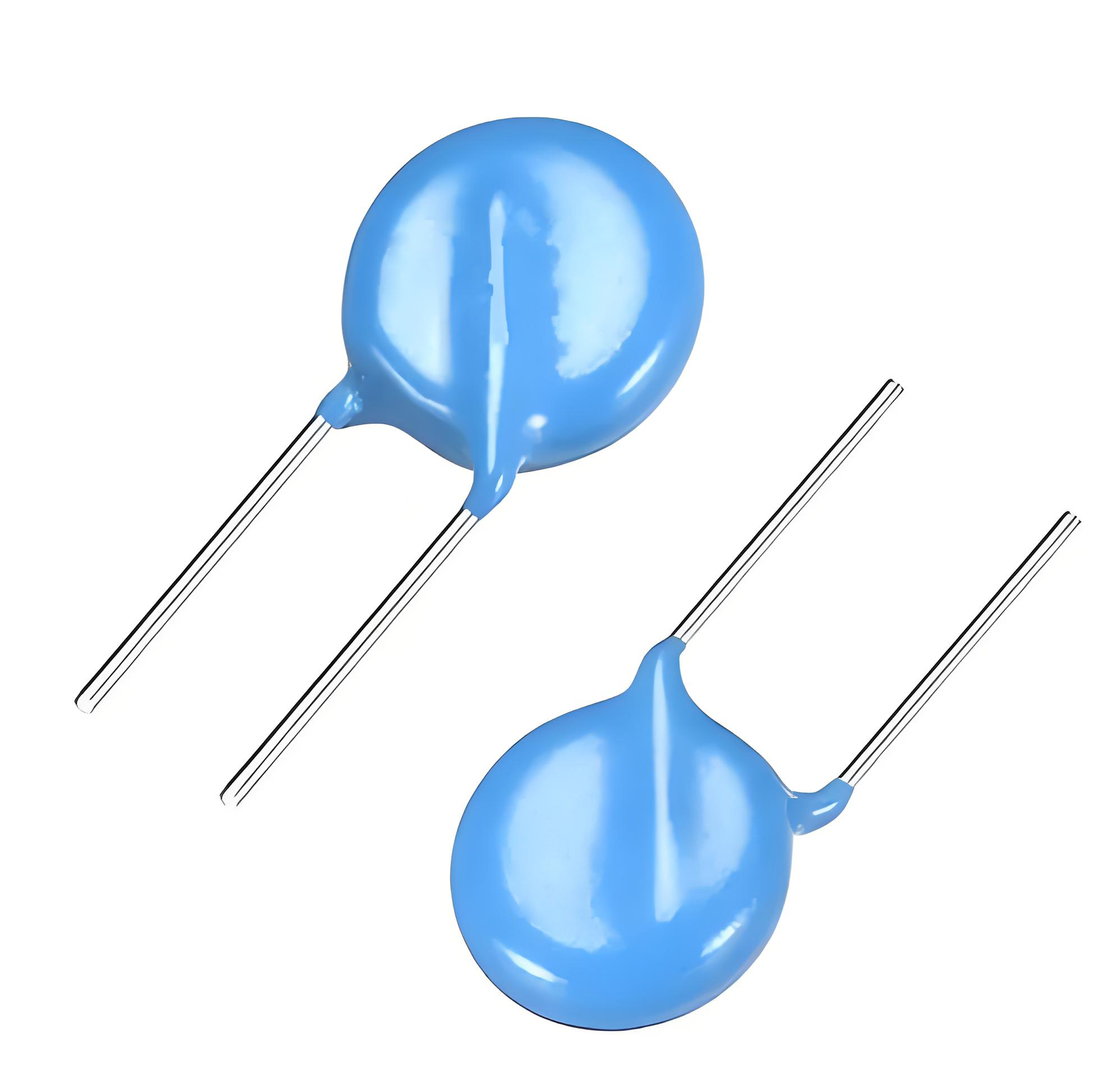
The Critical Role of Lead-Free Resistor Tolerance in Modern Electronics and How to Choose the Right OneResistors, often considered the workhorses of electronic circuits, are tasked with the critical j...
-
Temperature-Stable High Precision Metal Film Resistors for Critical Designs
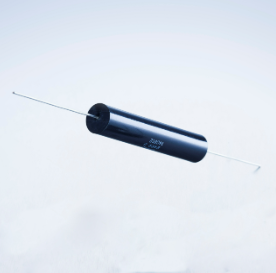
Temperature-Stable High Precision Metal Film Resistors are indispensable components when it comes to critical designs in various sophisticated electronic systems.These resistors are meticulously engin...
-
Achieve ±0.01% Tolerance with High Precision Metal Film Resistors
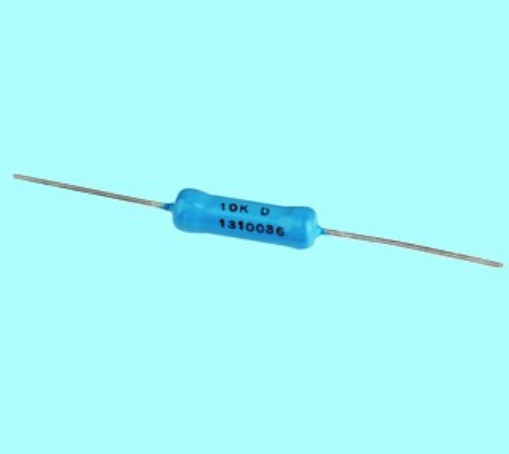
In the field of electronic components, high precision metal film resistors stand out as the key to applications that demand ultimate accuracy. “Achieve ±0.01% Tolerance” indicates that it is poss...
-
High Precision Metal Film Resistors: Ultra-Low Tolerance for Demanding Applications
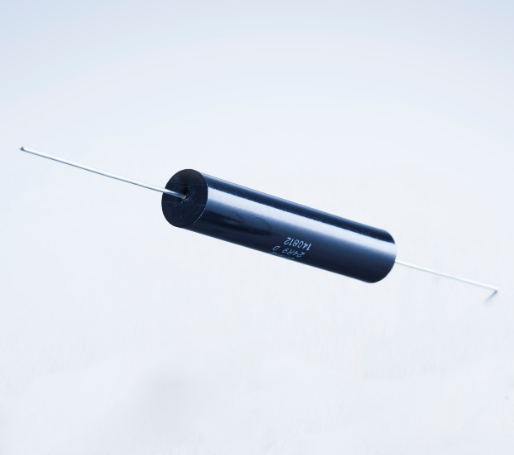
High precision metal film resistors are highly suitable for a variety of specialized fields, prominently including analog signal acquisition and precision instruments and meters.In the realm of analog...
-
High Precision Metal Film Resistors | 0.1% Tolerance, Low TCR (5ppm/°C), Military-Grade
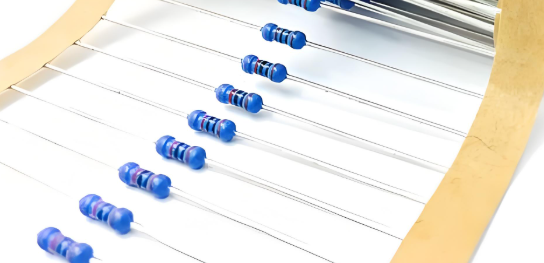
High Precision Metal Film Resistors | 0.1% Tolerance, Low TCR (5ppm/°C), Military-Grade<!-- Introduction -->IntroductionHigh precision metal film resistors are critical components in advanced electro...
-
10kV High Voltage Resistors: Specifications, Applications & Top Suppliers for Industrial, Power Transmission & Test Equipment
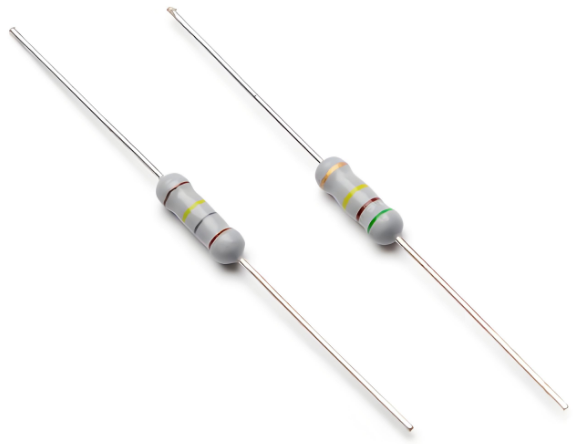
Technical Specifications of 10kV High Voltage ResistorsTo ensure reliability in high-voltage environments, 10kV resistors must meet strict performance criteria. Below are critical parameters to evalua...
-
What Is a KB Resistor? Definition, Function, Applications & Technical Specifications Explained

1. What Is a KB Resistor Core DefinitionA KB resistor is a fixed, through-hole resistor with a standardized nominal resistance value, most commonly 1kΩ (1,000Ω). Unlike variable resistors (e.g., pot...
-
KB Resistor Definition: 1kΩ Standard Value, Tolerance & Temperature Coefficient Explained

1. What Is a KB Resistor Core DefinitionA KB resistor is a fixed, through-hole resistor with a standard resistance value, typically used in low-to-moderate power circuits. Unlike variable resistors (e...
Resistor Supplies - Jepsun Tech Corporation
JEPSUN INDUSTRIAL is committed to always being one of our customers' favorite suppliers.
+86755-29796190 +8615920026751 [email protected]
Huangjiazhongxin building Donghuan Road Longhua District SHENZHEN City, GUANGDONG Prov. CHINA 518000

